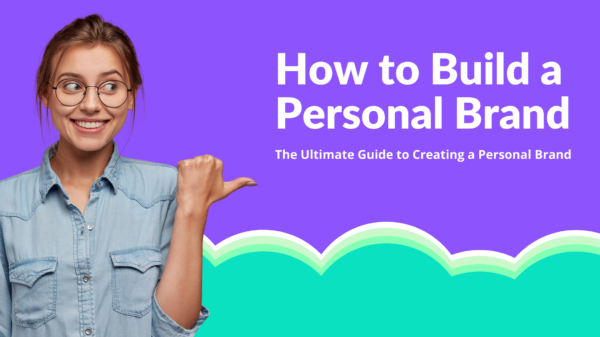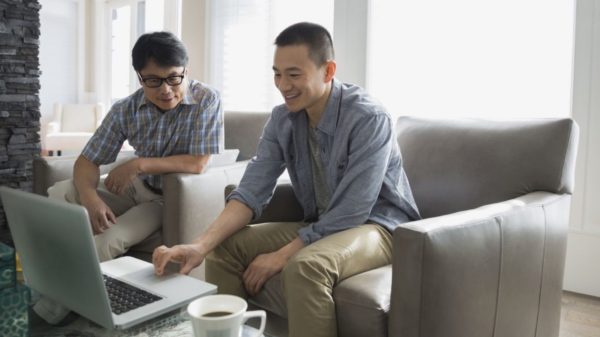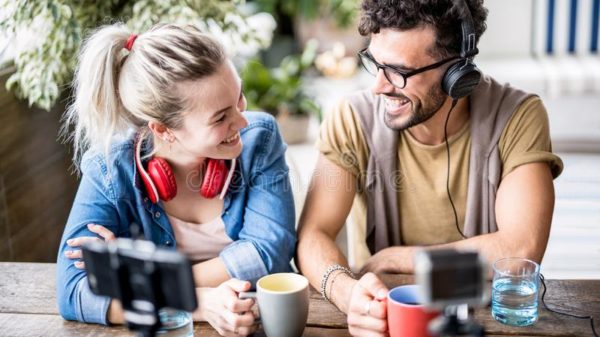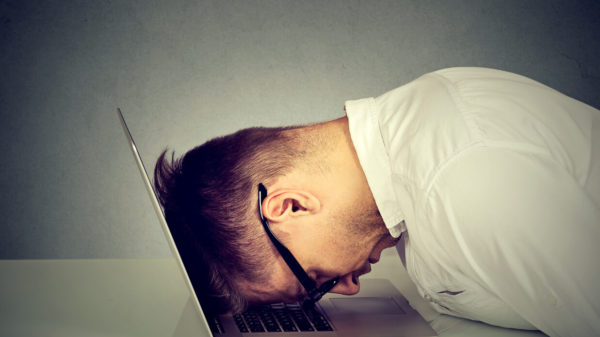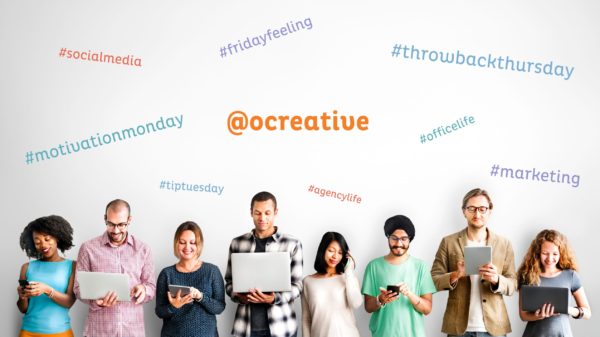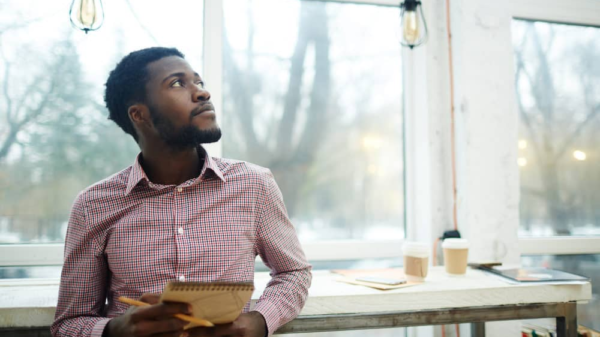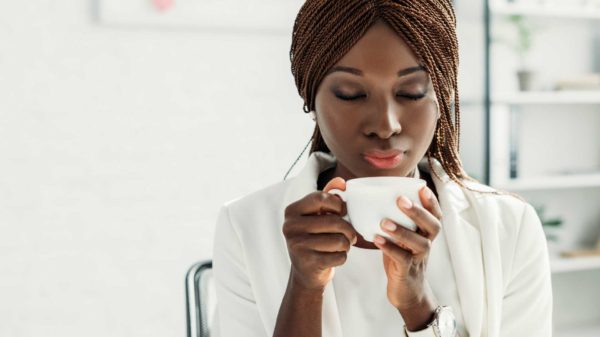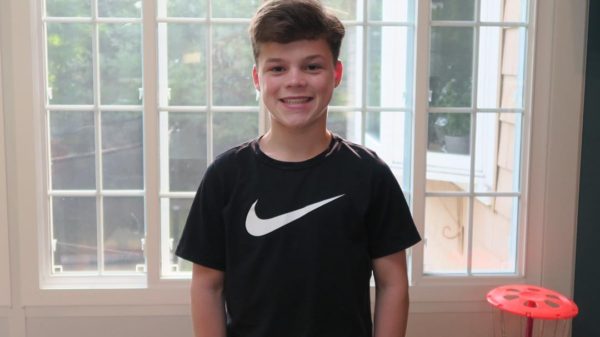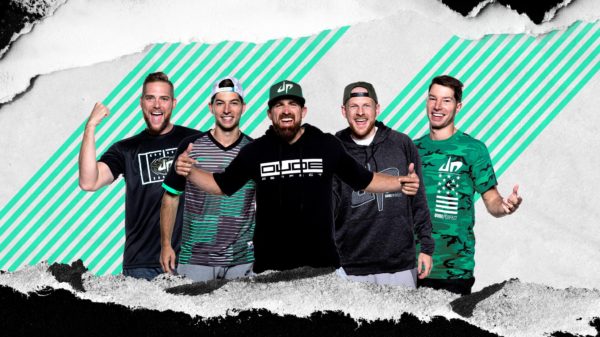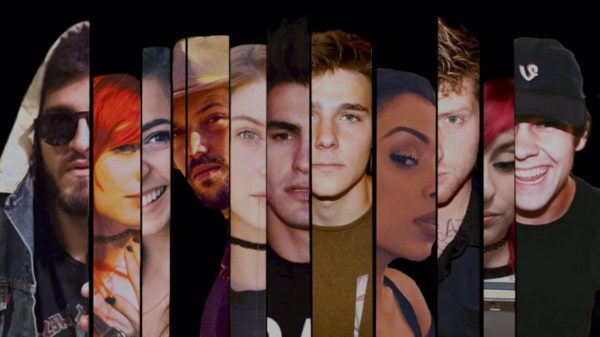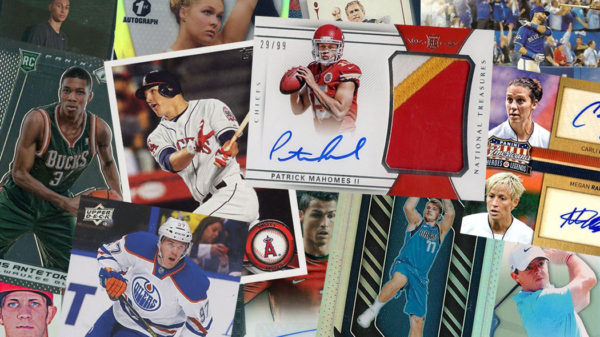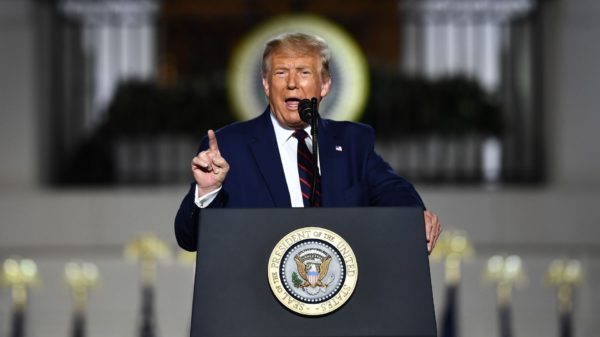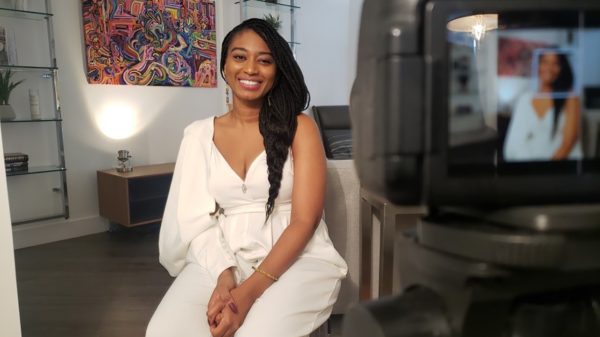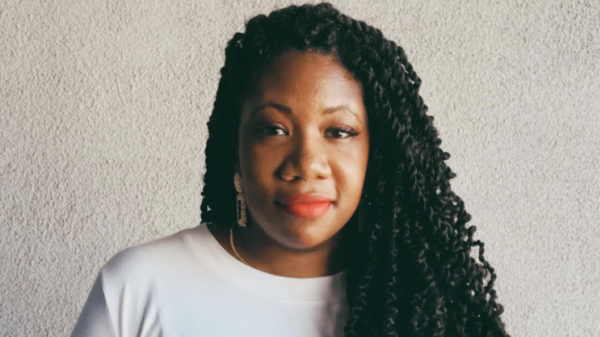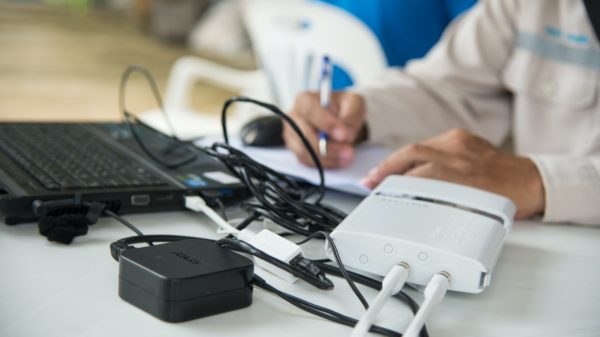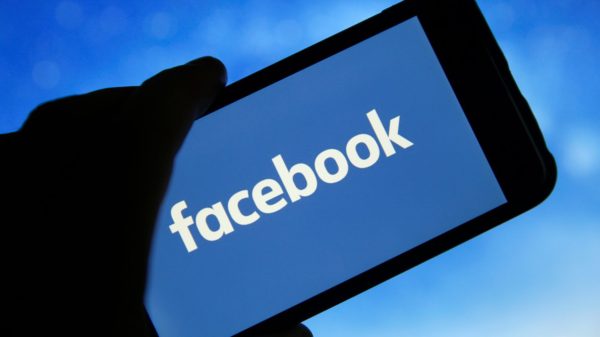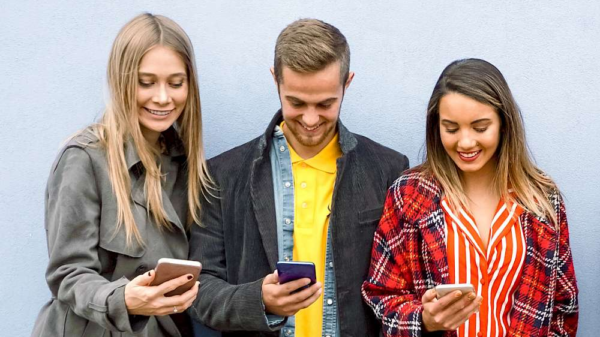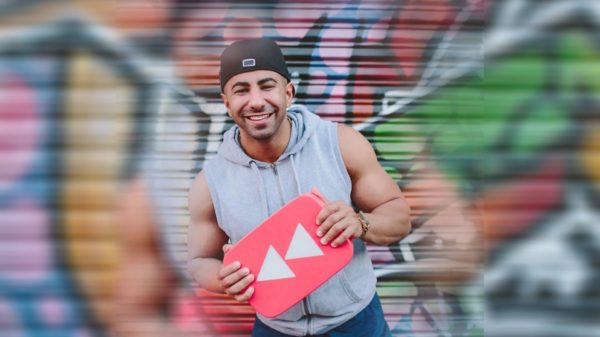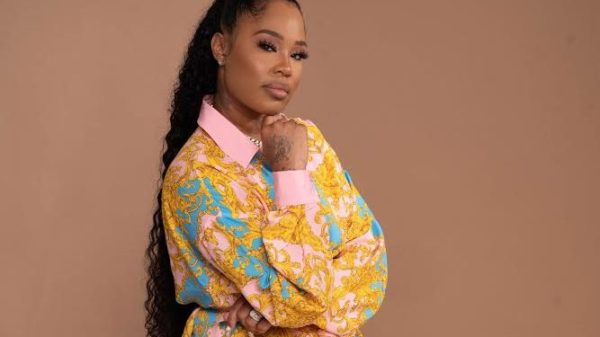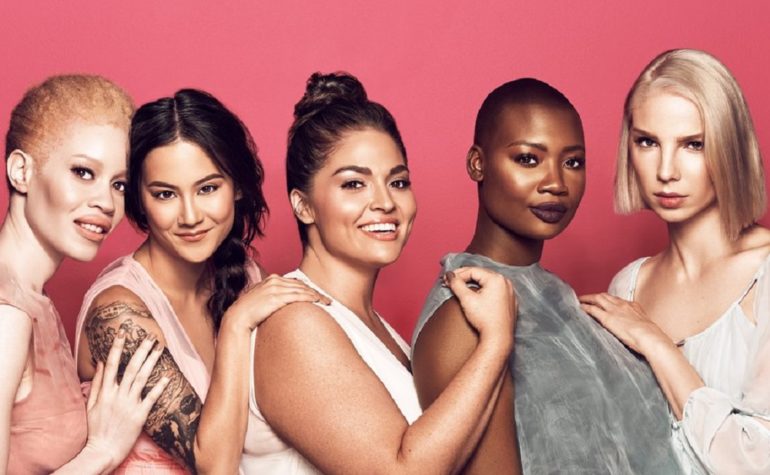Companies including beauty brands have turned out in support of Black Lives Matter. The discussion has developed to assess whether they speak to variety and equity in their recruiting practices — and that incorporates influencers.
Much like the modeling industry, an absence of variety in brands’ influencer campaigns has been under investigation for quite a long time. Influencers of color are utilizing every moment to make some noise altogether now about their encounters.
This incorporates not just posturing and access to fewer open doors than white counterparts. But additionally less pay than white influencers on campaigns on which they are recruited for. Just as an industry culture that deters them from revolting against such issues.
Diversity at influencer events
“I’ve been very much the only one. The symbolic sort of individual” said influencer Ria Michelle. She described various influencer occasions that she went to where she was the main dark influencer present. “It’s something that we [as dark influencers] are conscious of, while I don’t think others truly focus on it.”
Unsah Malik, an social media and influencer tactician, said that an influencer party she facilitated for a beauty brand was reprimanded by the CEO. Who whined to her that the occasion appeared as though a “dark gathering” on Instagram.
Malik said this CEO advised her, “‘While being comprehensive and assorted is acceptable, know that we have to sort of considering white individuals as well.'” Malik said she felt the remark was “incredibly offensive.”
Absence of information
View this post on InstagramA post shared by Ria Michelle – Miami Blogger (@riamichelle) on
Influencers likewise face issues concerning an absence of information about item inclusivity from brands. Michelle says she was once allotted a hair color campaign from Garnier. But the item didn’t work with her hair type when she utilized it.
Thus, the brand paid her an incomplete “kill fee”. That is standard for the industry as opposed to the full-time pay she had been offered.
In any case, it’s not only an issue of recruiting. Influencers of color have additionally been expressing that they are paid less than white influencers. With comparative or lower follower counts.
“Tragically, this happens very regularly,” said lifestyle influencer Africa Daley-Clarke of the training. “Either we are offered to work together on a gifted-only basis where our white counterparts get payments, or we get significantly lower paid statements for a similar campaign.”
Pay Inequality
View this post on InstagramA post shared by Melissa Chataigne (@chataignestyle) on
Beauty influencer J Marie disclosed to her 159,000 followers in an IGTV post that beauty brands “don’t pay us as much as they would pay a white influencer.”
Influencer Melissa Chataigne shared one of her encounters. Expressing, “I had a campaign just about two years prior with an office for a cosmetics organization, and the pay was so little for the work that was requested that I was nearly shocked.
I discovered later that I really got paid altogether short of what another person doing precisely the same brand campaign, which was simply stunning.”
“I’ve encountered it, I’ve known about it. At the point when it’s transpired, I’ve never said anything,” said Michelle, of campaign pay inequalities. She detailed that for a campaign she did with a liquor brand, an influencer with 3,000 less followers than she was paid practically twofold.
Non-disclosure arrangements to not speak of Pay
View this post on InstagramGoing to take more than a pandemic to get me out of a suit 📷 @deanpeterson_
A post shared by James Nord (@jamesnord) on
Influencers normally get some answers concerning various rates on the off chance that they are told by different influencers on the campaign what they are being paid, a practice that is emphatically disheartened.
Michelle noticed that she has been approached to sign non-disclosure arrangements in certain contracts, which could place different influencers at legitimate risk for telling the sums.
“The question I’m hoping to answer is, ‘Is the market fair and equitable?'” said Nord. “As market producers, which we are, what we ought to do is ensure the market is all the more reasonable.”
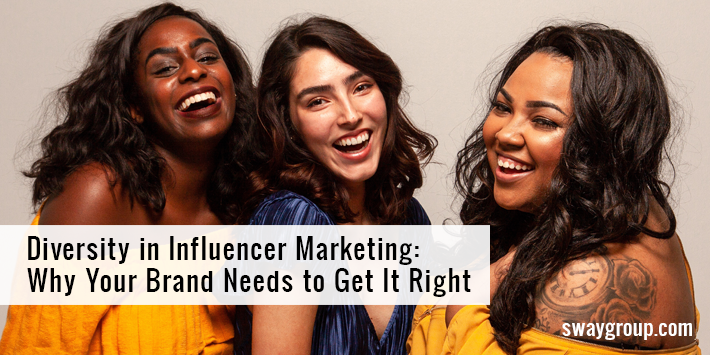
Nord said the organization is doing “a review of the entirety of our offers,” which he said are commonly set by a condition and by information. “It is my desire that there’s no inclination in there, yet we totally need to check to ensure that that is the situation,” he expressed.
He additionally said that in the previous half-year, the organization has paid $7 million to influencers, with 25% to dark or indigenous influencers, 39% to Caucasian, and 36% to non-individuals of the color of tone.
Conclusion
View this post on InstagramA post shared by James Nord (@jamesnord) on
As indicated by Eguavoen, the sheer number of influencers voicing their encounters with pay dissimilarity over the previous week will probably be a defining moment for the industry.
“There’s a ton of dread that in the event that you state something openly about being abused, or encountering prejudice, that you will practically get lowballed or you will simply be disregarded; you won’t be contacted at all,” she said. “If we as a whole do it, they can’t drop each contract. They can’t boycott everyone. If we as a whole met up on this issue, we can truly move the needle.”
Opinions expressed by AsianBlurb contributors are their own.
Maham Qasim is an English Literature and Economics student at Forman Christian College University with an interest in writing. Maham was born in Pakistan and raised in Saudi Arabia and is now pursuing her education.



